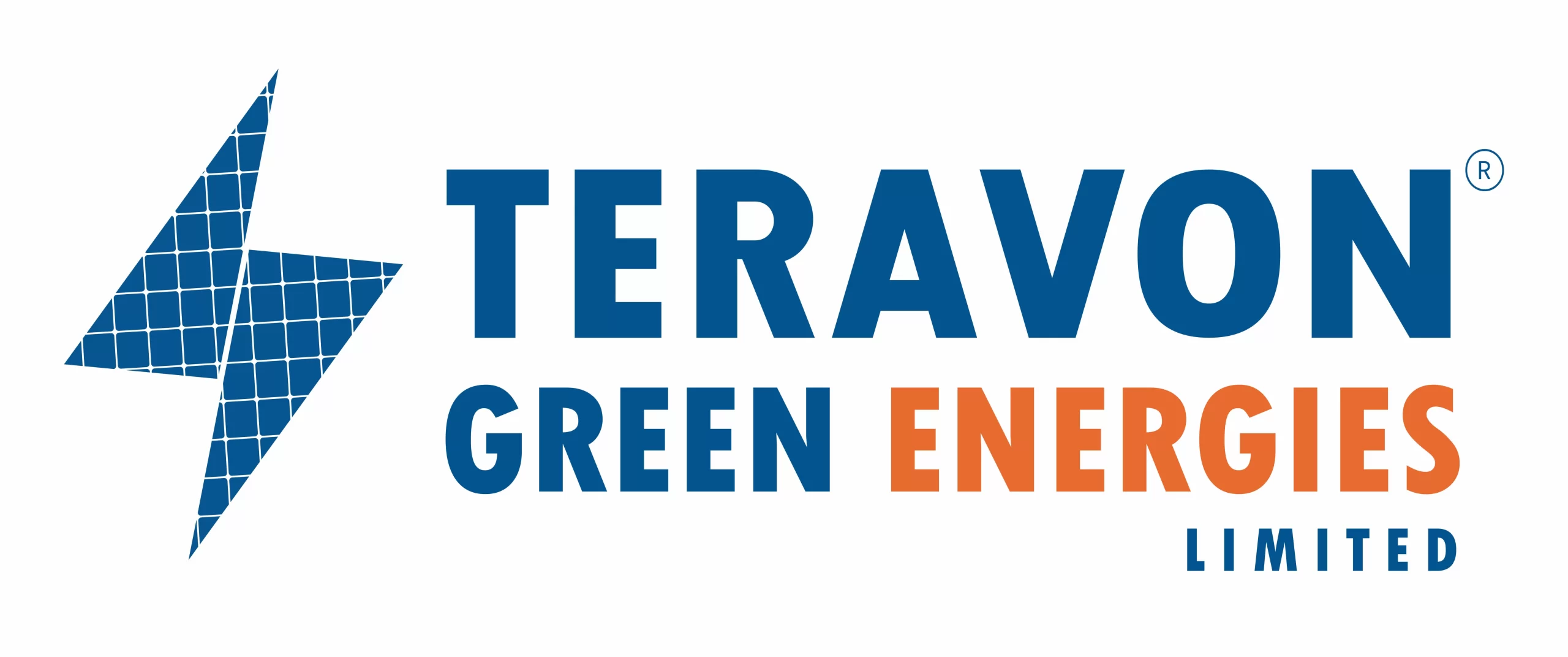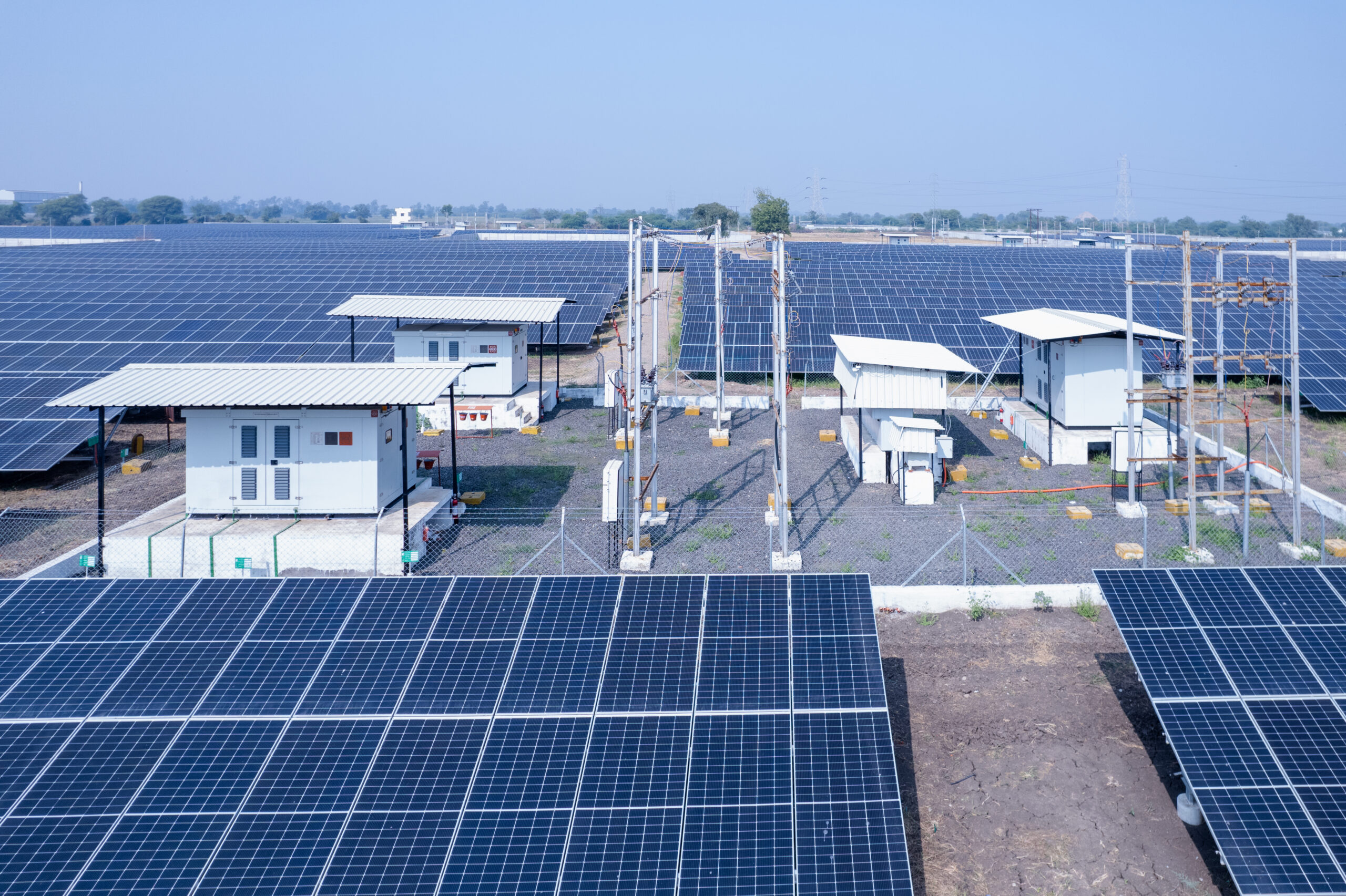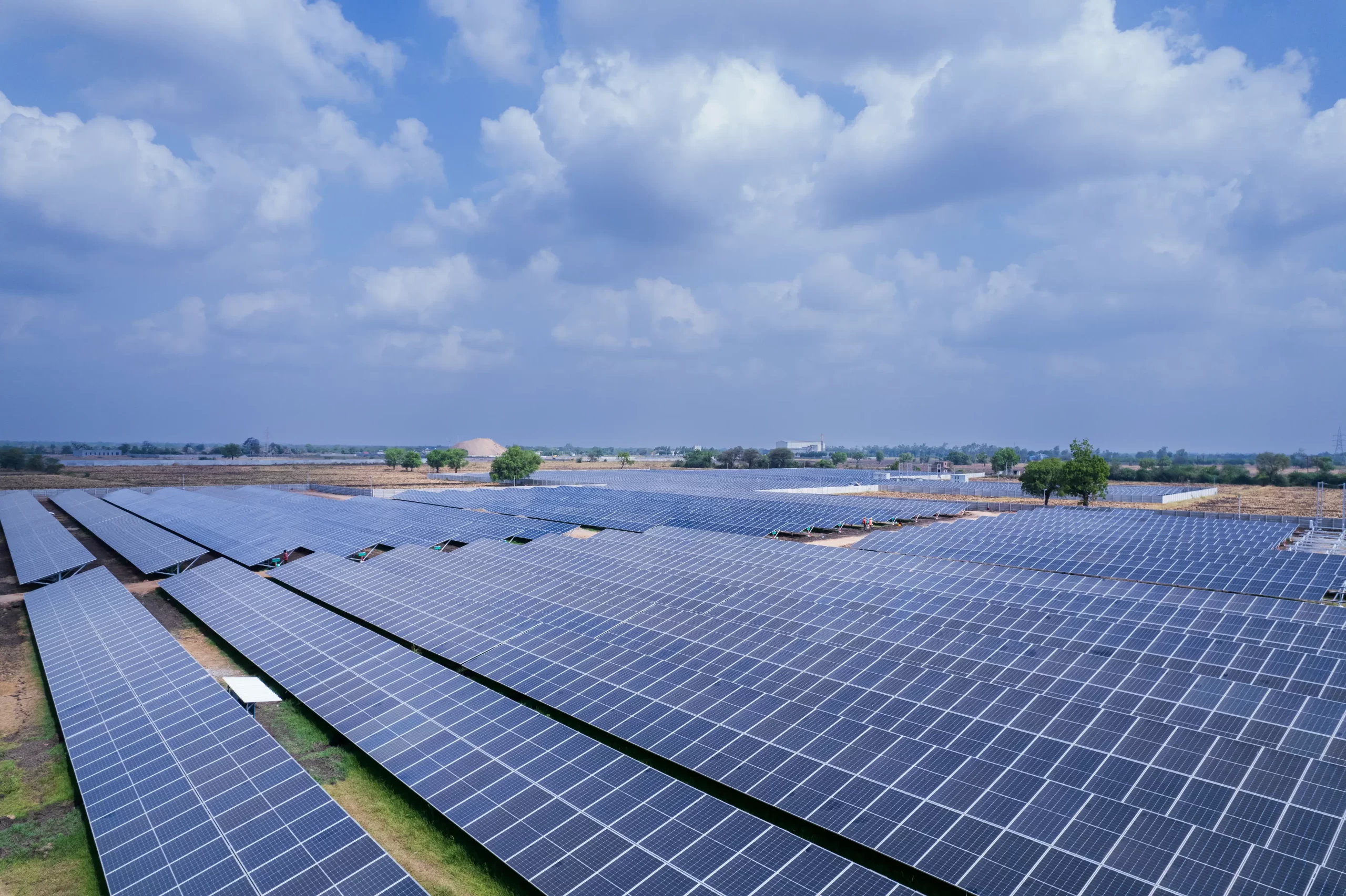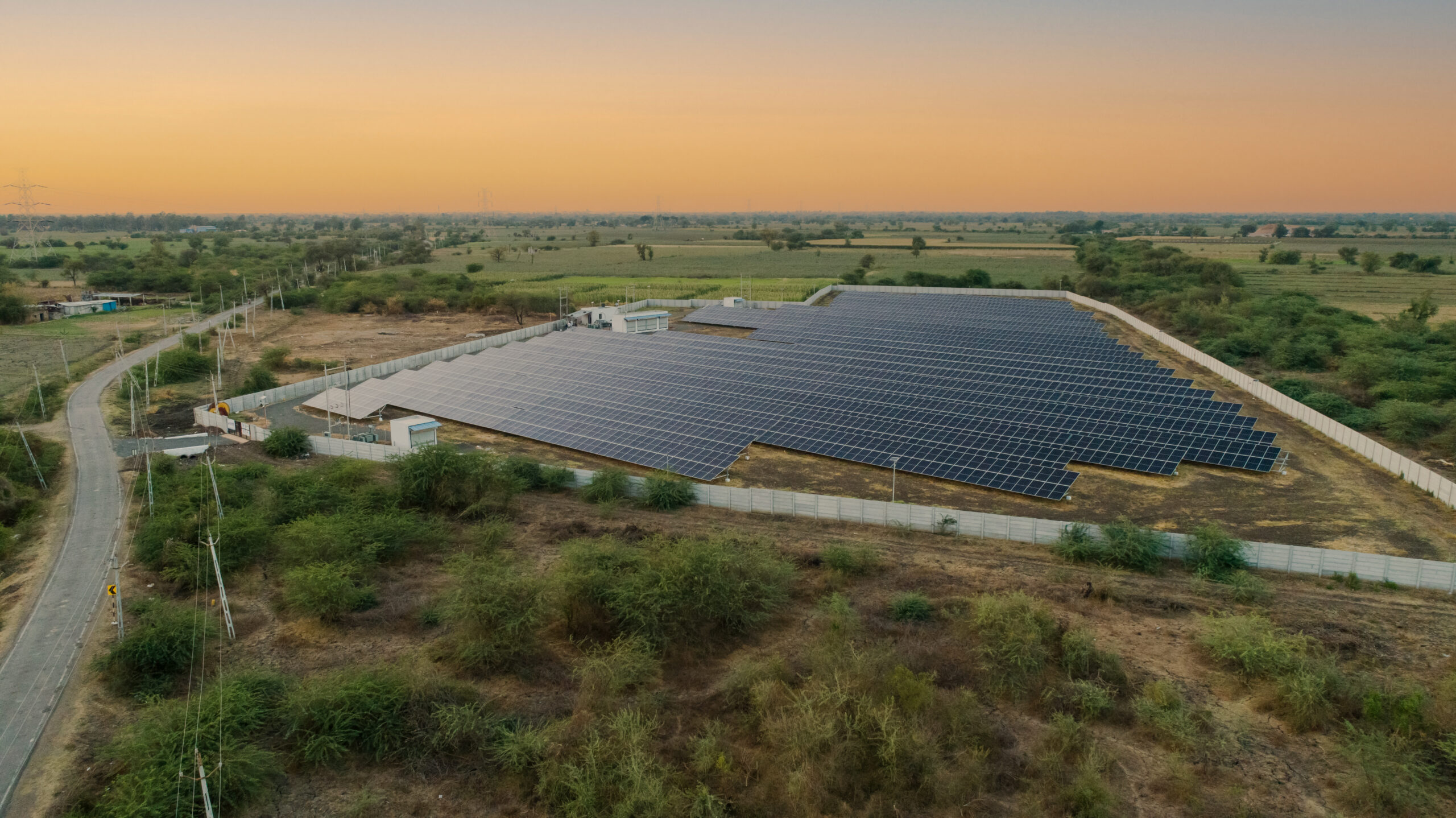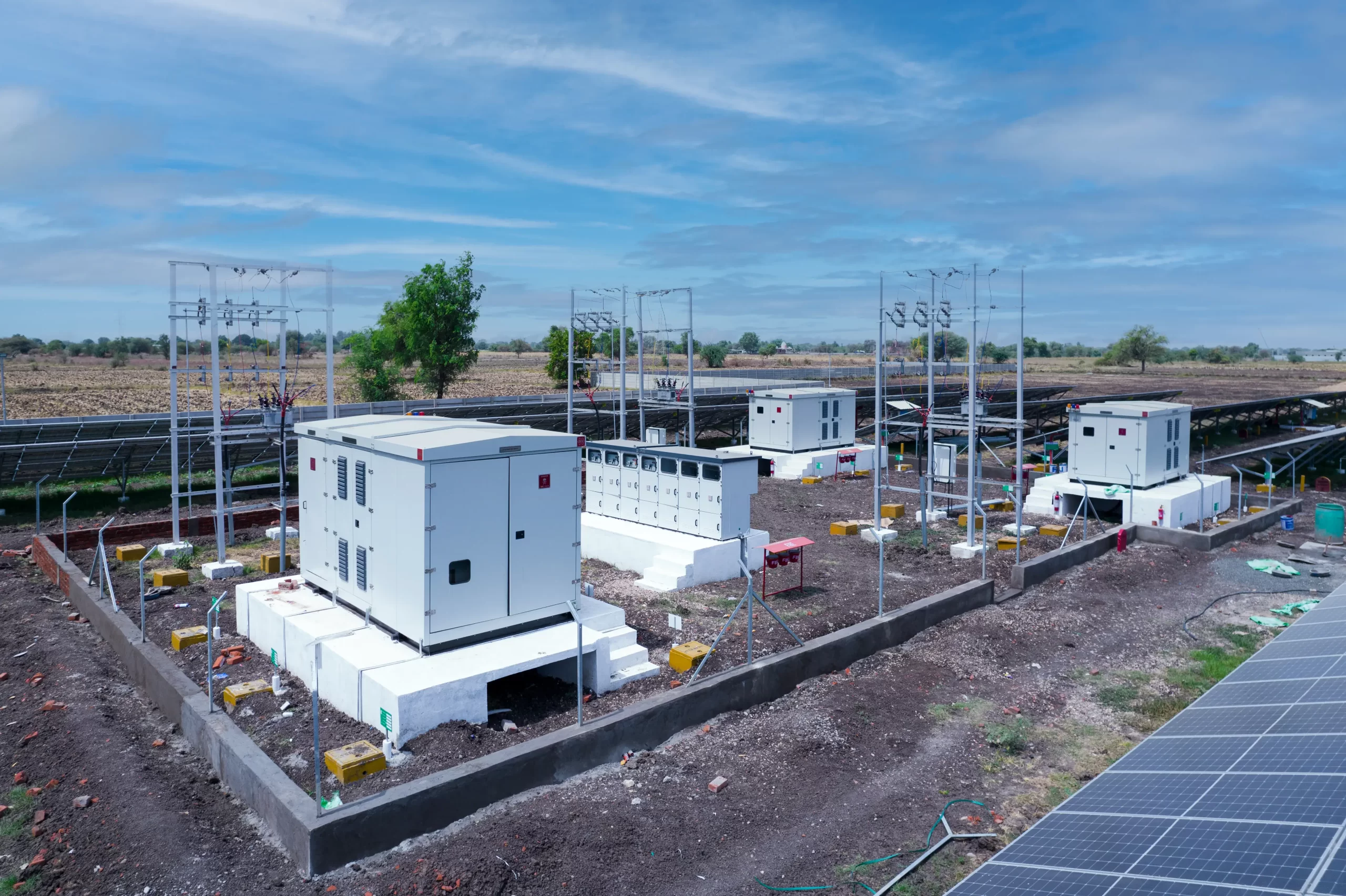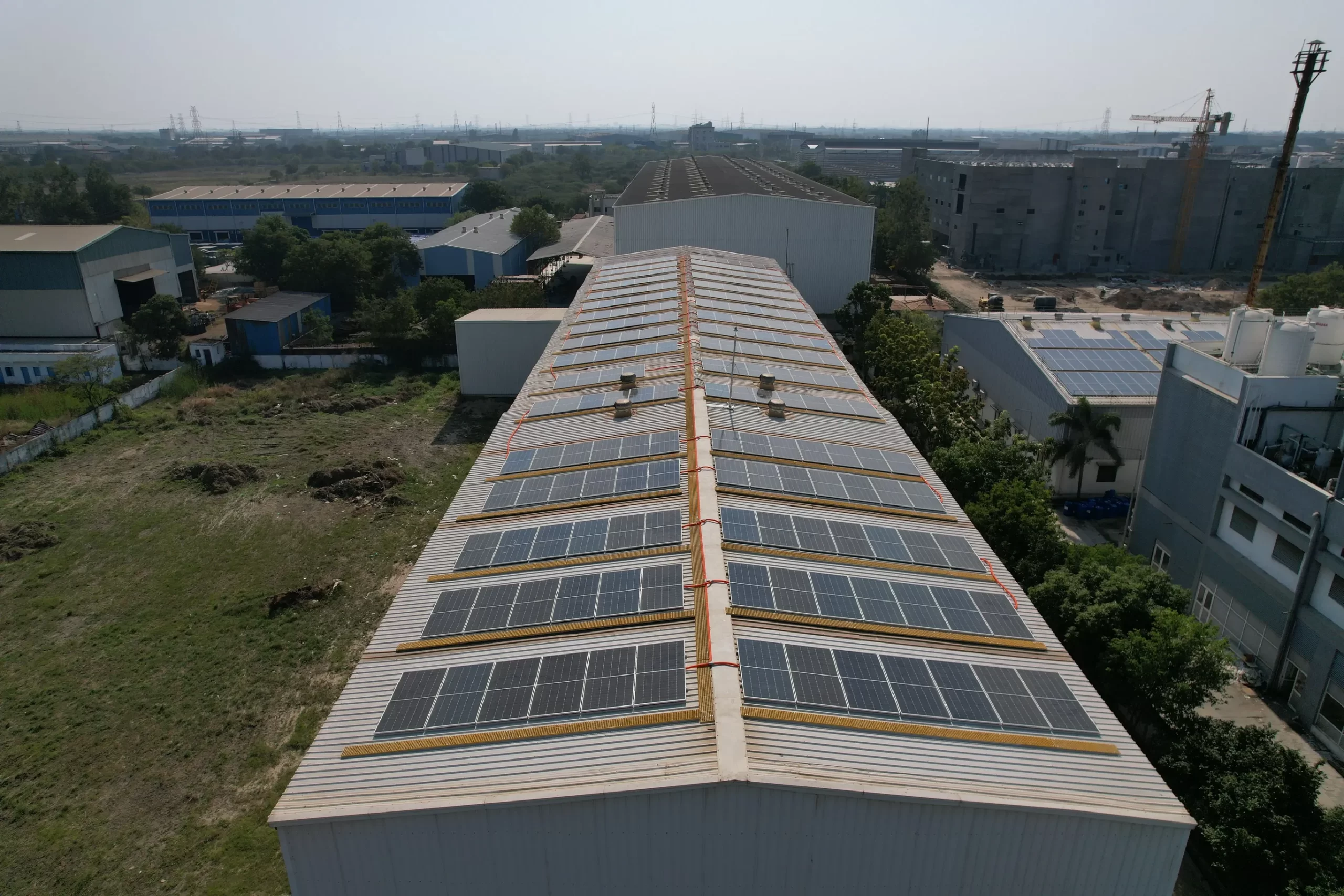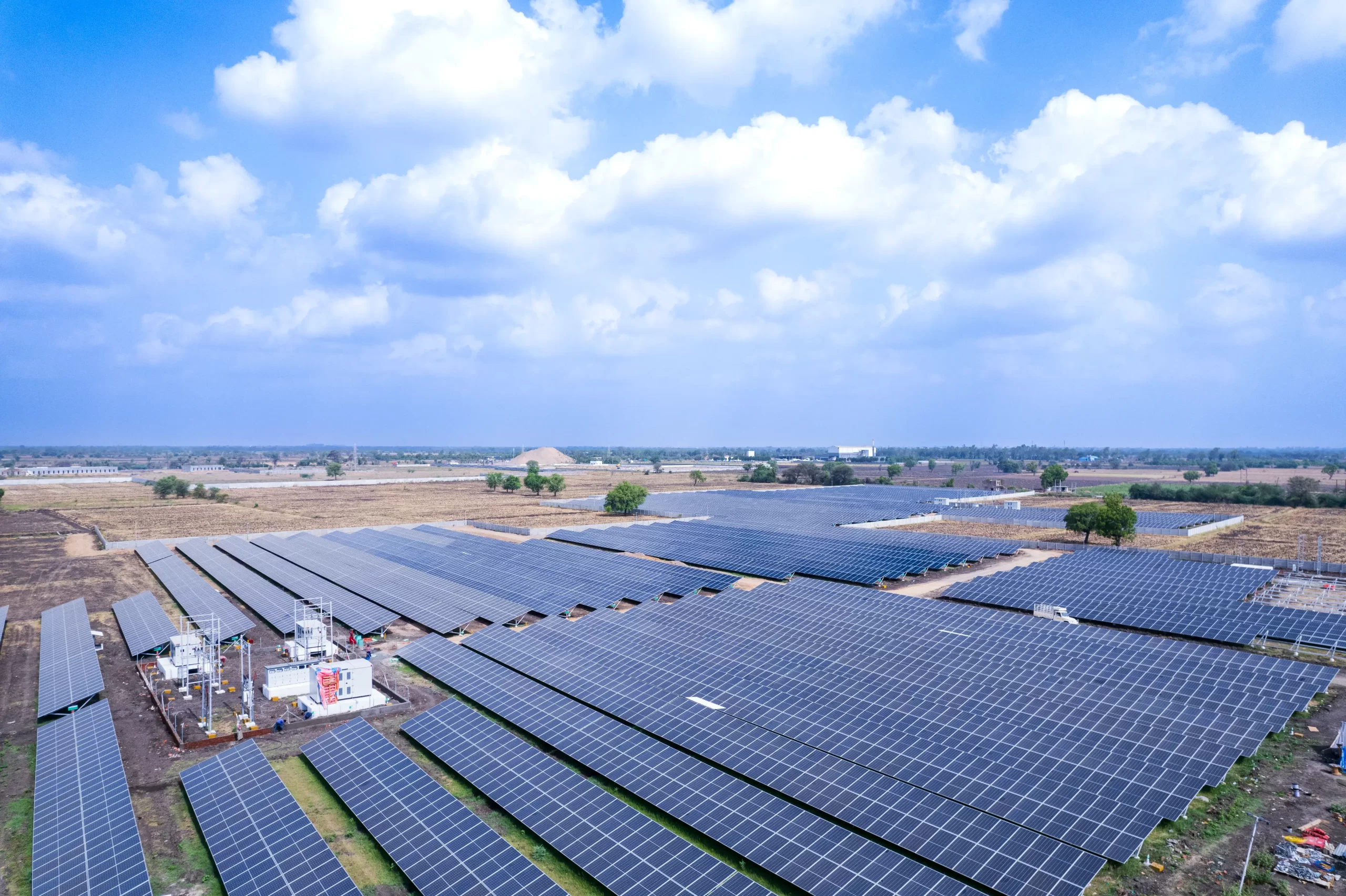The extreme weather conditions, melting glaciers, rampant forest fires, and choking smog have fueled India’s resolve to achieve net-zero carbon emissions by 2070, with solar energy being the vanguard of the green transformation. Calling the energy transition as the biggest economic and commercial opportunity of our age, head of UN Climate Change Simon Steil’s praise for India as the “solar superpower” has amplified the momentum.
He said, “India is already a solar superpower, one of only four countries to have installed more than 100 gigawatts of solar. Part of 200 gigawatts of renewable energy capacity that’s already been installed. Energy access is on the rise — with villages across the country electrified by 2018, well ahead of schedule. Now there is a real opportunity to take the next step and unleash even bigger benefits for India’s 1.4 billion people and economy.”
With abundant sunlight, plummeting technology costs, strong government support, and a skilled workforce, solar installations in India have become the fulcrum of growth and development and a monumental leap towards sustainable living.
India’s adaptability, coupled with a robust pool of government-backed solar schemes, has not only accelerated its rise but has positioned it among the largest producers of solar energy in the world after China, the United States of America, and Germany. Its march towards embracing solar energy has been nothing short of remarkable but has been a testament to its visionary approach. In the last 10 years, the Indian subcontinent has not only met the solar requirements but has surpassed them with a bounty. Solar power today contributes more than 60 percent to India’s renewable energy mix, thus positively impacting the solar revolution in India.
Fun Fact: Rajasthan has a solar capacity of over 24 GW, which is more than the entire solar capacity of the United Kingdom.
Additionally, Bharat has pioneered the International Solar Alliance (ISA), a global initiative that champions collective responsibility for a green transformation, uniting countries worldwide in the pursuit of sustainable energy.
Teravon Green Energies Limited. has been the brainchild of a team of like-minded individuals who wished to create a sustainable environment that future generations could truly be proud of. With more than 90+ completed projects and 200+ MW ground-mounted solar installations in India, Teravon Energies Pvt. Ltd. has not only carved a name for itself but has significantly contributed to the solar revolution in India.
While we still battle the repercussions of our own doings, here’s to being more mindful, responsible, and kind—not just to ourselves but to nature, the ultimate giver!
